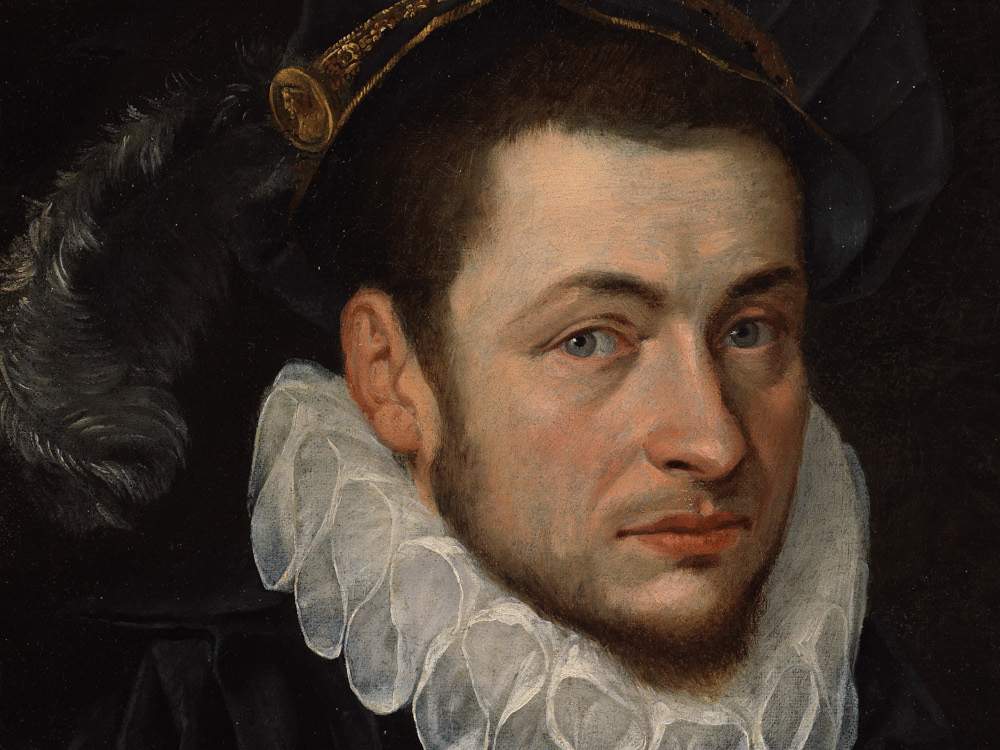An exhibition-narrative also tells the story of the Bassanos through the words of Melania Mazzucco
From December 3, 2022, to May 2, 2023, the Civic Museum of Bassano del Grappa will offer the exhibition project I Bassano. History of a family of painters, curated by Barbara Guidi and Melania Mazzucco.
The exhibition is proposed as anunprecedented storytelling exhibition in which the vicissitudes of the Bassano dynasty will be narrated not only through the works on display, but also through the words of Melania Mazzucco; no art historical panels, no captions that go beyond essentiality, just the masterpieces of the Bassanos and the intense thread of the story of the life of the Dal Ponte family, known as “the Bassanos,” undisputed protagonists of painting in the Venetian Renaissance.
Their story begins with the descent in the year 1464 to Bassano del Grappa of Jacopo di Berto, a tanner from Gallio on the Asiago Plateau. Arriving on the banks of the Brenta, Jacopo found a home in Contra’ del Ponte, from which the future surname of the famous family of painters would derive. His son Francesco, later called the Elder because he was the first of the dynasty, began to devote himself to painting. An amateur alchemist, cartographer and decorator rather than a great artist, Francesco gave life to sacred art creations that responded to the demands of the local market by starting a heterogeneous and very active workshop. His sons, Giambattista and Jacopo, collaborated here; it is to the latter, a mild and reserved genius, that we owe the change of pace: what until then had been primarily a form of decorative craftsmanship took on the significance of great art.
Art cultivated, with success, also by his sons, the talented and melancholy Francesco the Younger, Giambattista, and then the diligent Leandro and Gerolamo, up to his nephew Jacopo Apollonio who drew in secret, to whom “il Bassano” was able to lovingly transmit the wisdom and poetry of his art. Their paintings conquered the international market: large paintings of sacred devotion destined for churches, but also portraits, moving nocturnes and intense pastorals that, from the small Bassano, reached the great royal collections, from that of Rudolph II in Prague to the Madrid of Philip II, reaching as far as the Americas.
The Bassano story ends when Jacopo Apollonio, trained under his uncle Leandro, makes the last replicas produced on his grandfather Jacopo’s drawings and models.
In this exhibition the public will have the opportunity to admire as many as forty works by the Bassanos, as well as valuable objects and documents. From work to work, one will move on the emotional wave of the words of the book by writer Melania Mazzucco, Strega Prize winner and author of famous art-historical novels such as La lunga attesa dell’angelo and L’architettrice. This will be an author’s book, published by the Bassano del Grappa Civic Museums themselves in alimited, collector’sedition.
To further enrich the visual narrative, the works will sometimes be flanked by objects or books (such as the Book of Accounts of the workshop, or Francesco the Elder’s notebook of alchemical exercises, or a 16th-century herbarium that dialogues with the plants painted by Jacopo in the Escape to Egypt, the precious decorated Cross by Filarete, a masterpiece of 15th-century sacred goldsmithing).
“The idea of this collaboration with Melania Mazzucco,” comments Bassano Museums director Barbara Guidi, “stems from the desire to introduce, in a new, unprecedented and surprising way, the priceless heritage preserved in our Civic Museums, by letting the visitor enter the works of these great protagonists of 16th-century Venetian painting also through the stories and vicissitudes of their authors and the places that nurtured their work; by recounting the passions and aspirations of Jacopo Bassano and his sons in author’s words, it will thus be possible to understand the deepest and most poetic meaning of their great art.”
For info: https://www.museibassano.it/
Image: Francesco Dal Ponte il Giovane, Portrait of a Knight of Malta (last quarter of the 14th century; Bassano del Grappa, Museo Civico)
 |
| An exhibition-narrative also tells the story of the Bassanos through the words of Melania Mazzucco |
Warning: the translation into English of the original Italian article was created using automatic tools. We undertake to review all articles, but we do not guarantee the total absence of inaccuracies in the translation due to the program. You can find the original by clicking on the ITA button. If you find any mistake,please contact us.





























